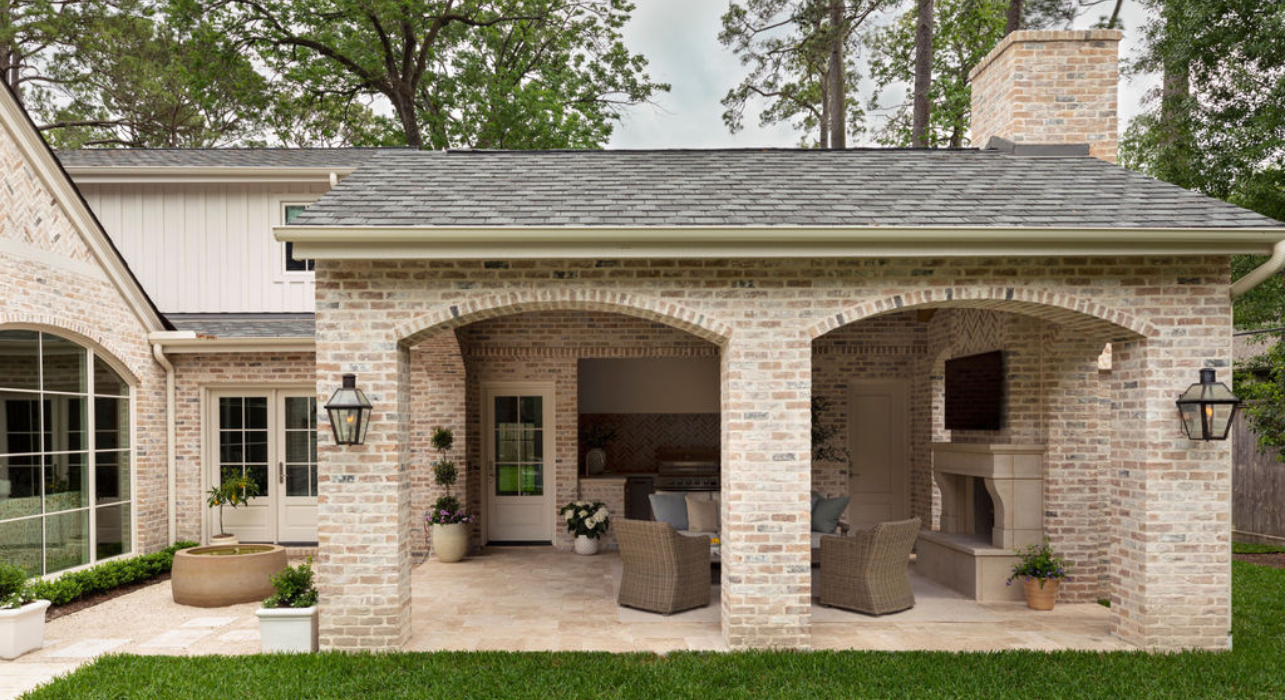Home additions are a practical method to improve your living situation without needing to relocate. For example, if you expand the layout by one room or a full second story, everybody will have their own place in the house.
For homeowners wishing to add a few extra square feet to their houses and raise the value, additions can also be a wonderful investment option. Bathroom, primary bedroom and bathroom, sunroom, and second-story expansions can all significantly boost resale value, even if adding an addition is not an easy task.
You must understand some points to properly plan, fund, and design an addition, regardless of the size of the project, suggests home addition contractors in Walnut Creek.
Defining the Objective:
Consider why you require the home extension. You should discuss your goals with the contractors working on the project, whether to add more space for children or give visitors a private bathroom. They frequently understand the simplest strategy to position these repairs so that the renovation project satisfies your lifestyle objectives and causes the least disruption possible.

Permissions and Restrictions:
The town or county must grant permits and conduct inspections before you may build a house extension. These fail-safes are designed to prevent crises later on and to guarantee compliance with construction codes. Additionally, obtaining the proper licenses and inspections is crucial to confirm that the work was completed appropriately, which is significant when attempting to sell a house. Finally, you could jeopardize the safety of the building if you are not knowledgeable about the necessary permissions. Consult your city or county’s building and zoning websites to learn more about local regulations.
The most typical permits are for electrical, plumbing, and gas work, but depending on where you reside, there may be many more checks, such as the maximum number of stories you can access well or sewage water sources. In addition, the proximity of your building to your neighbors, the curb, or nearby lots is governed by some rules.
You’ll probably need to do a property survey to ensure your intended addition doesn’t conflict with property line regulations. You should be clear about who is accountable for each step of the process because, in many locations, it is the homeowner, not the contractor, who is required to request and receive these permits. Be aware that most homeowner’s insurance policies do not provide coverage for harm brought on by carelessness or failure to follow permit requirements.

